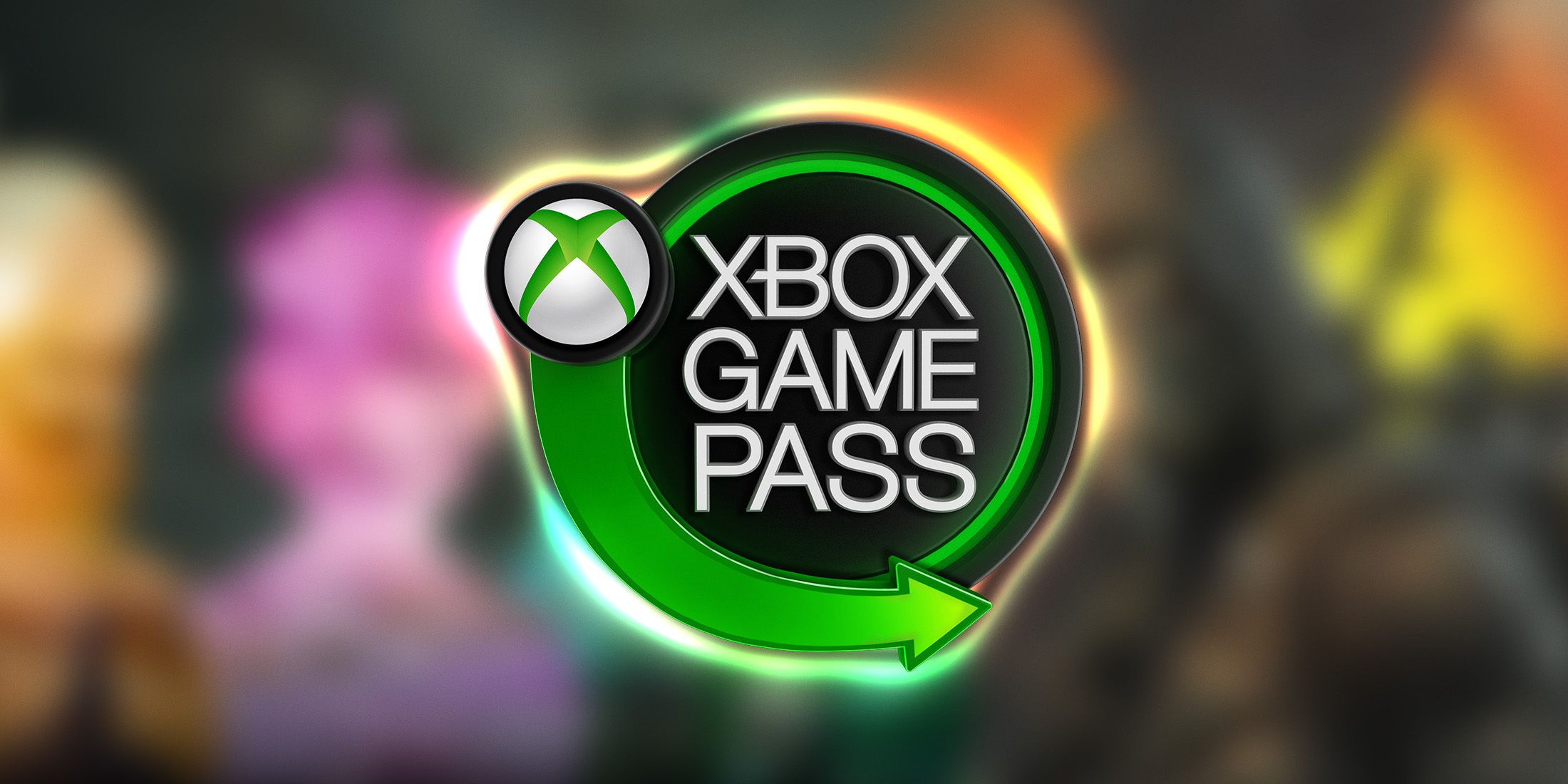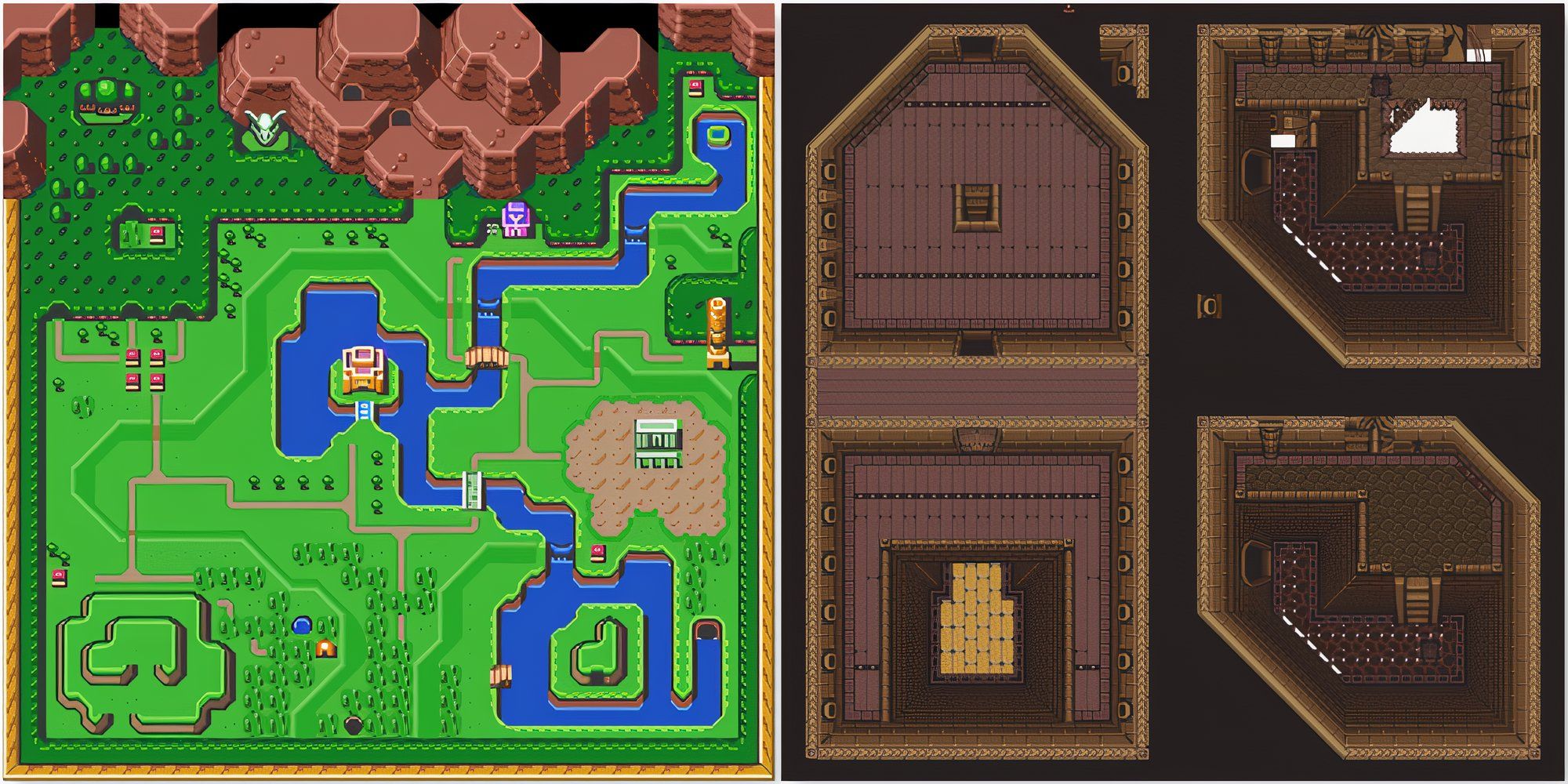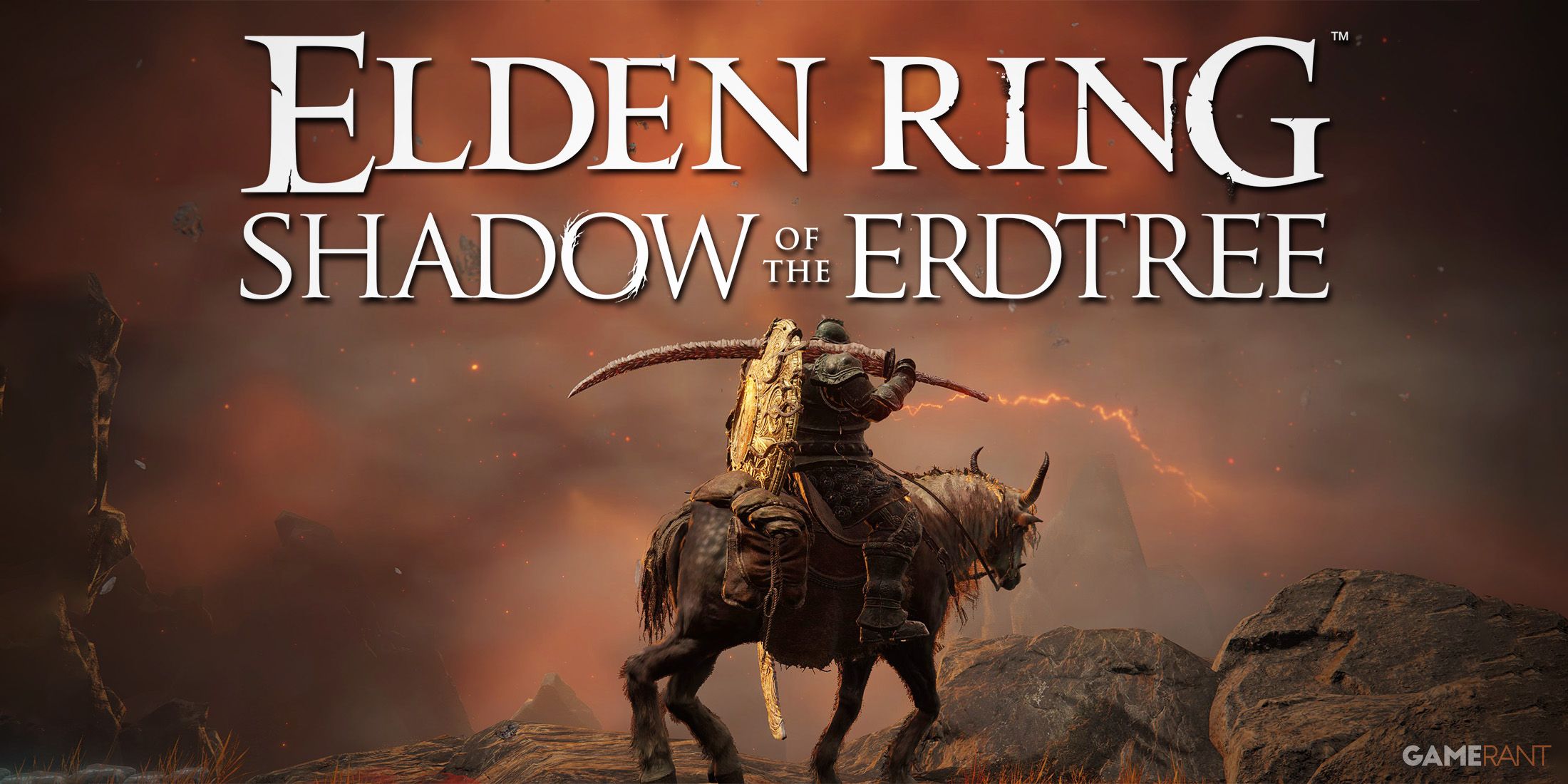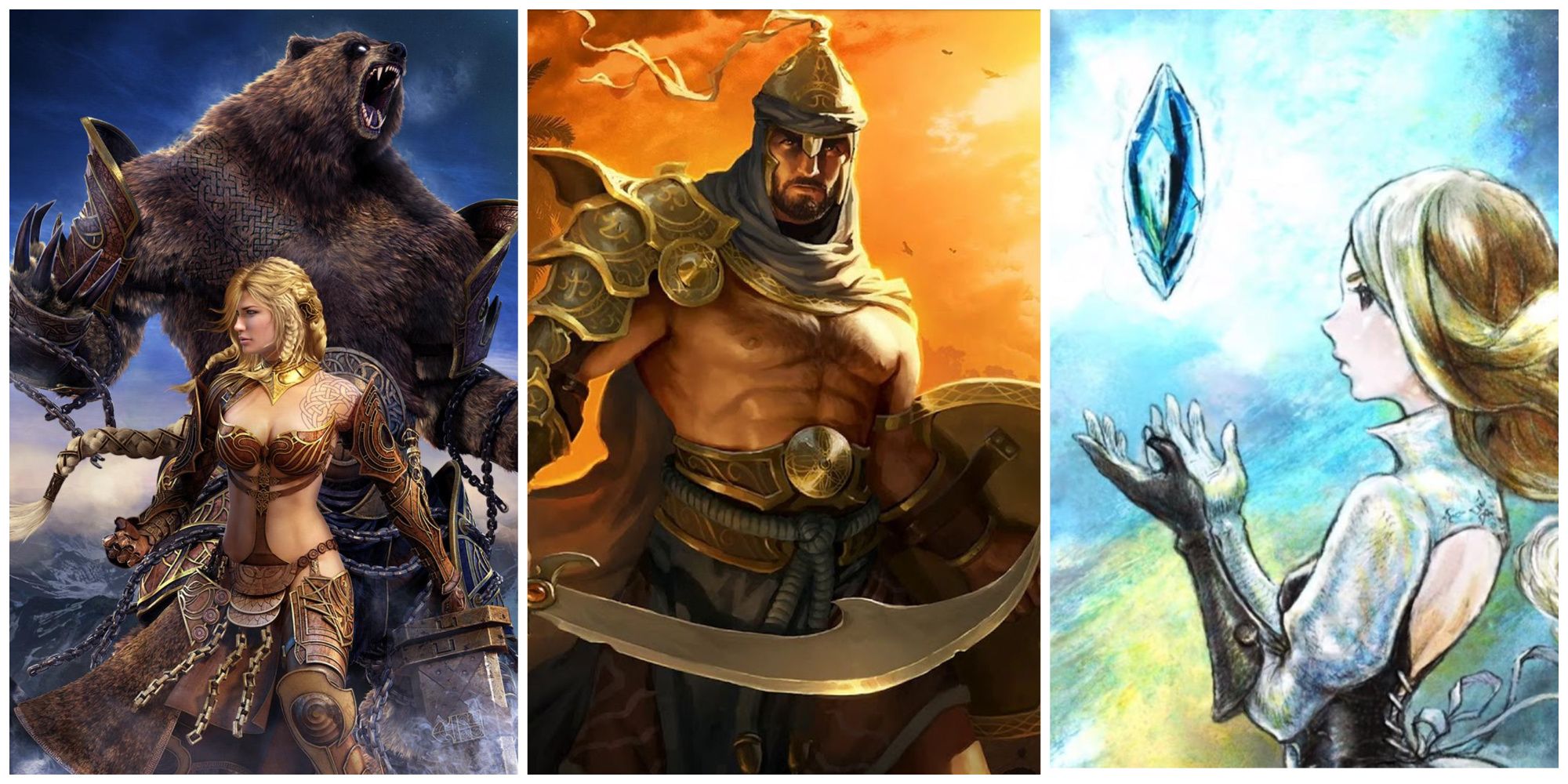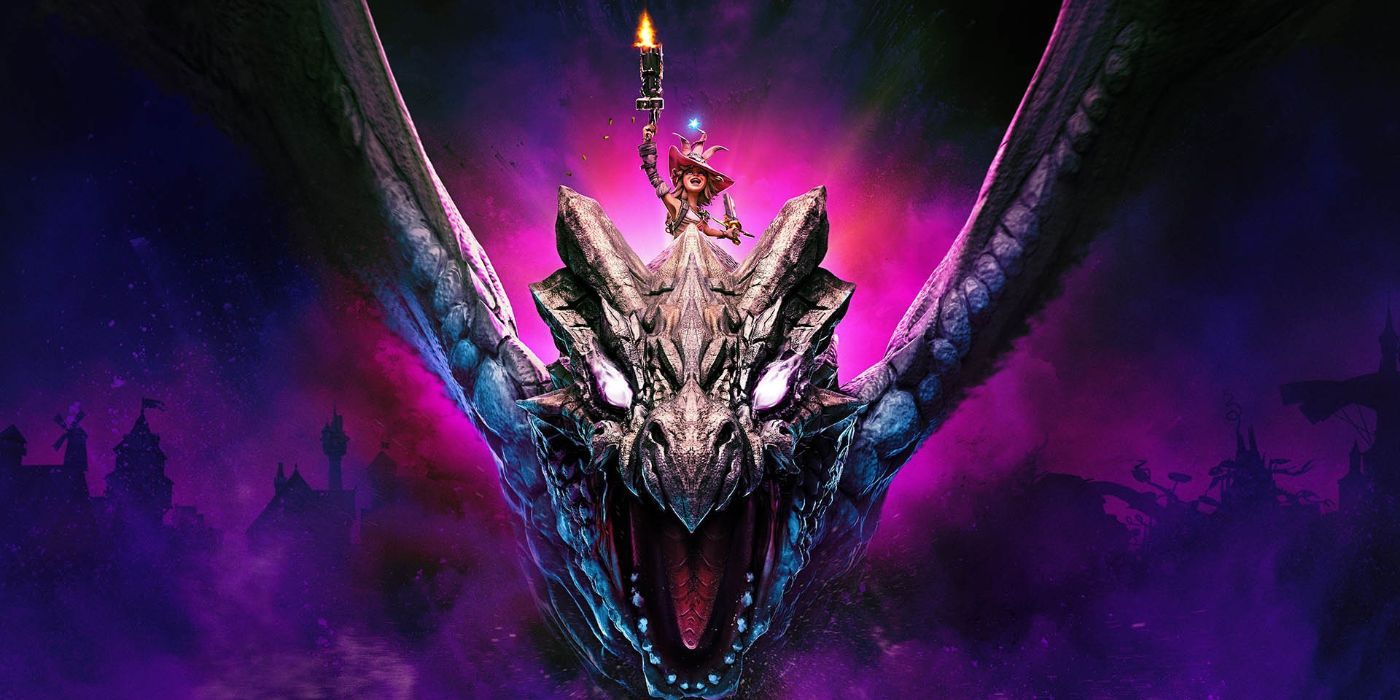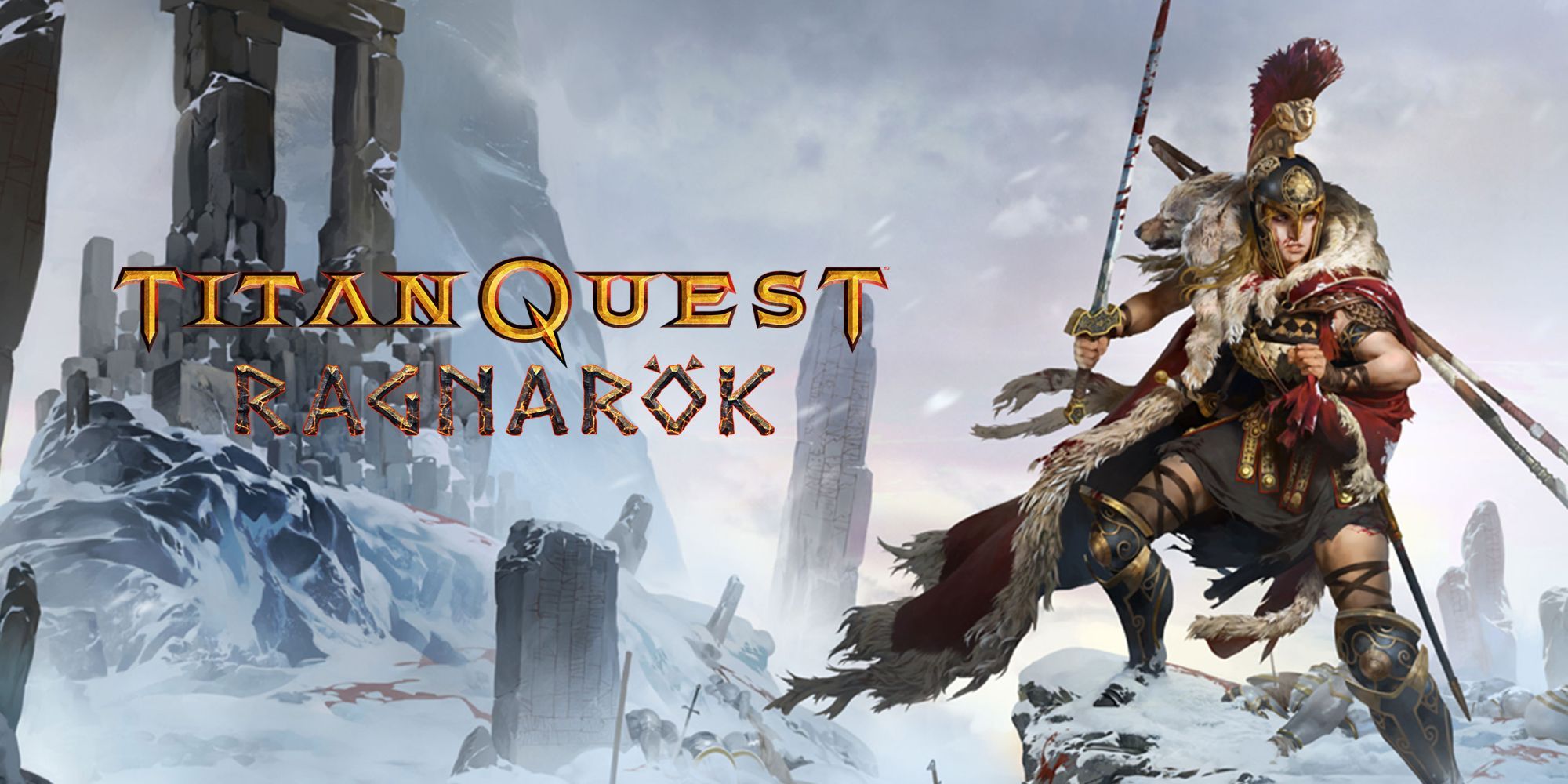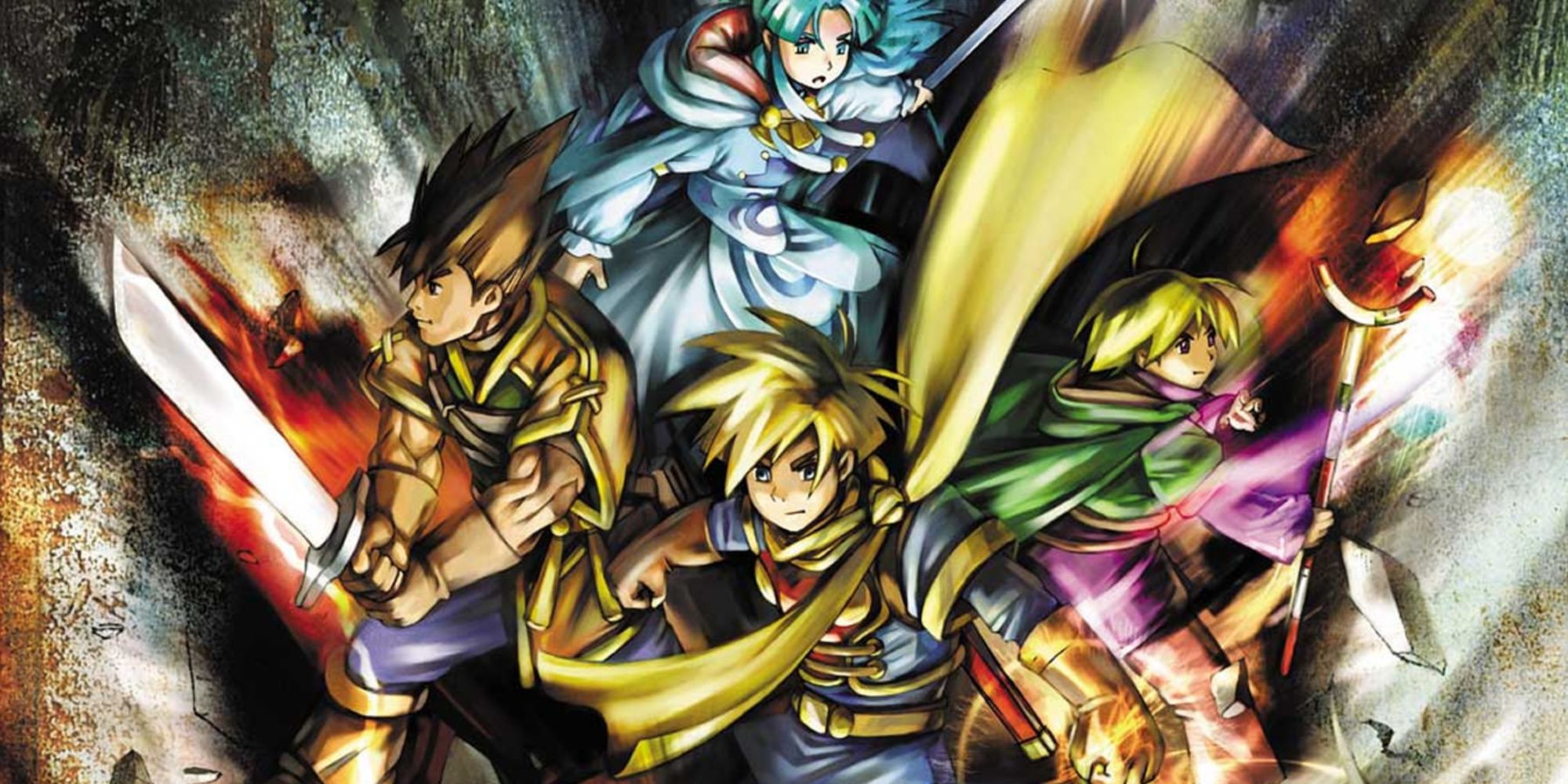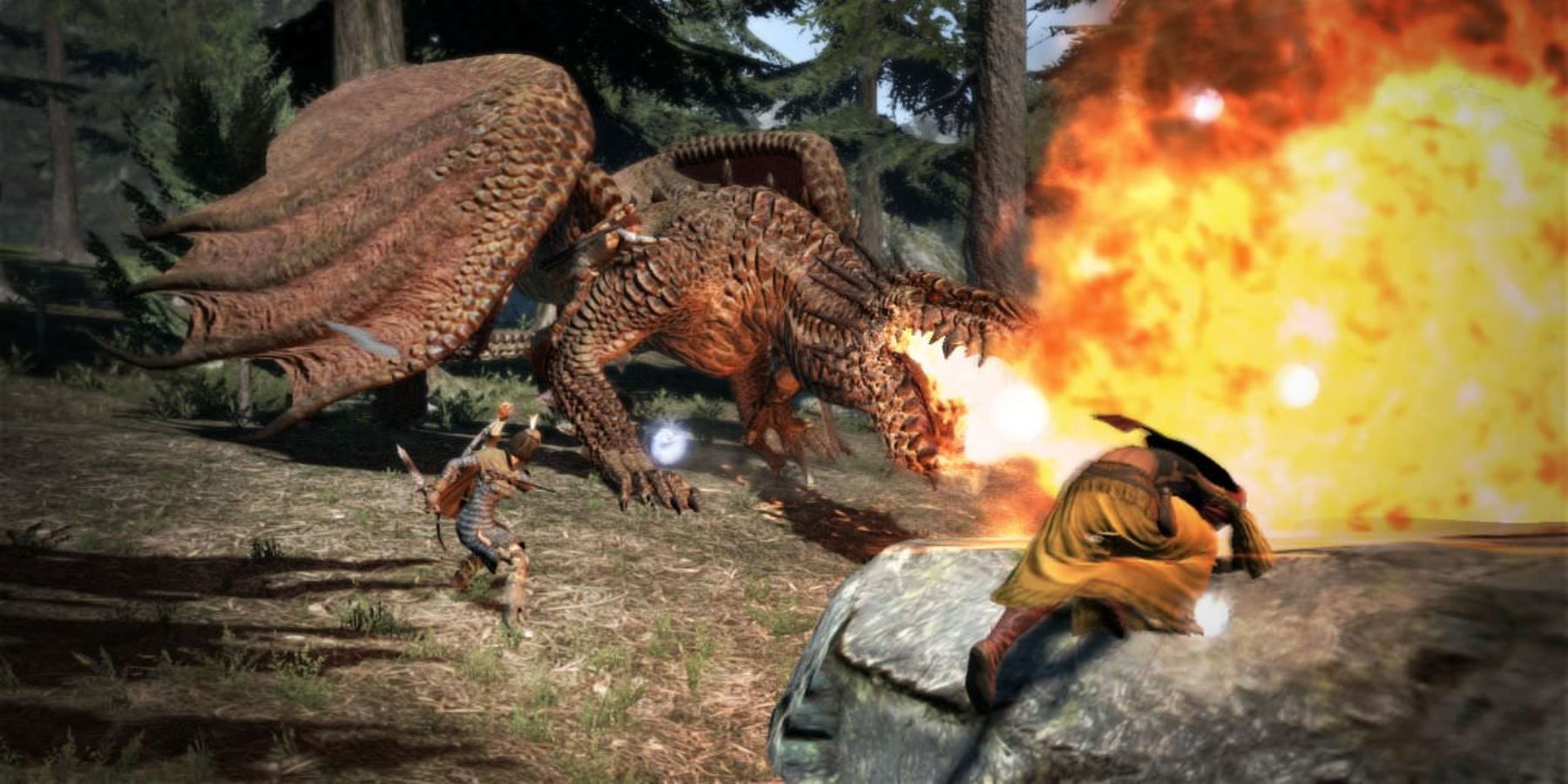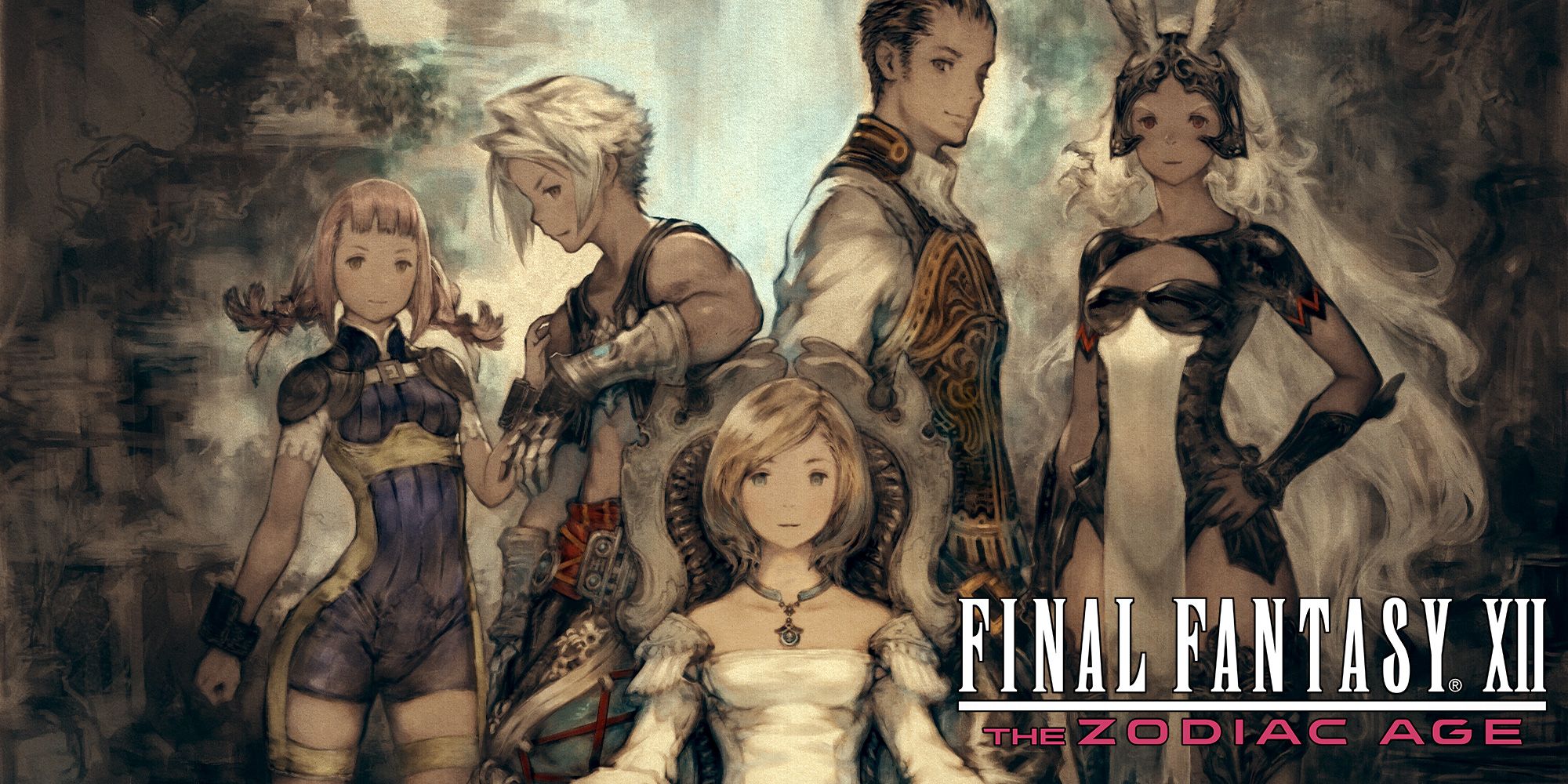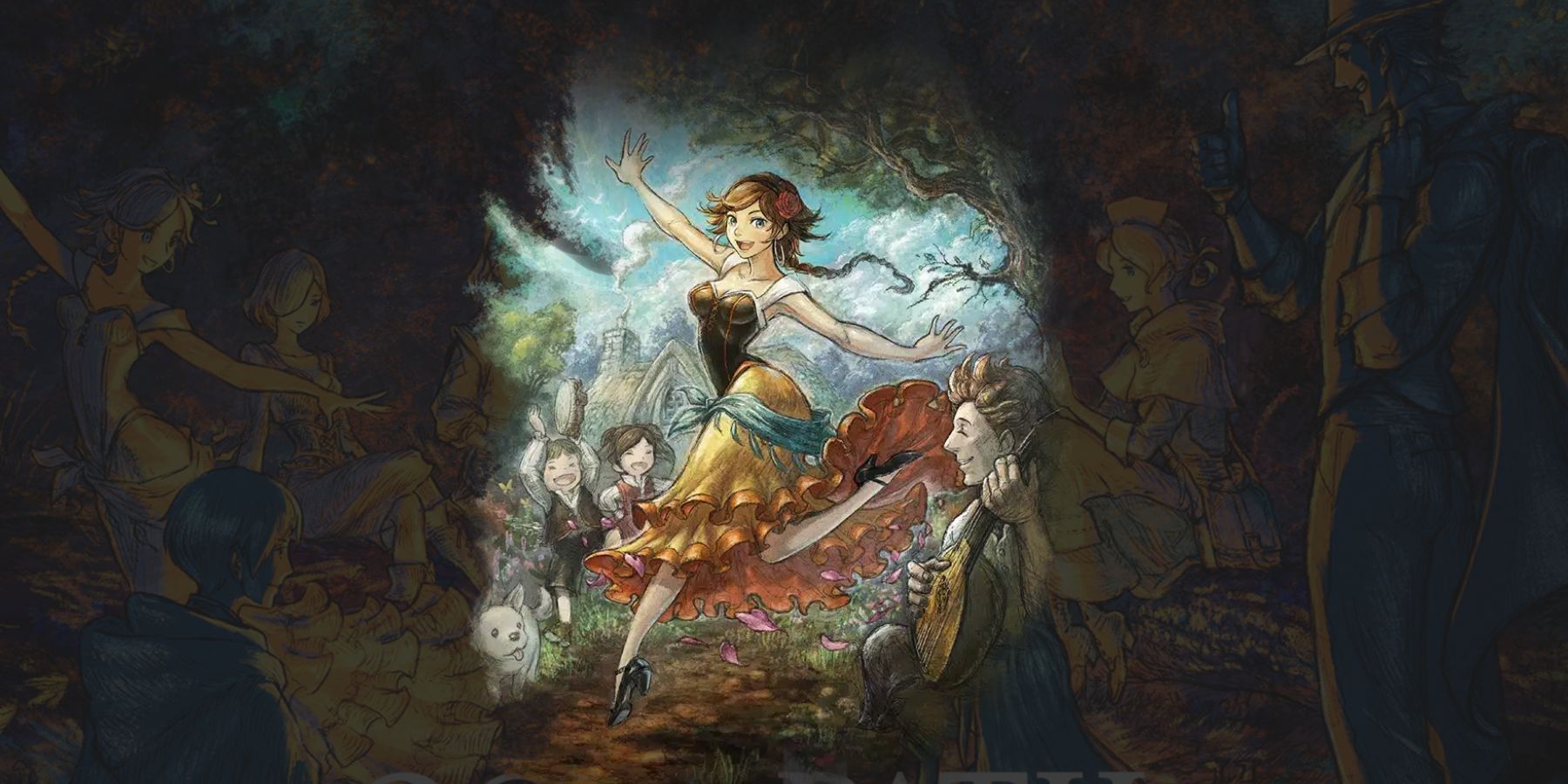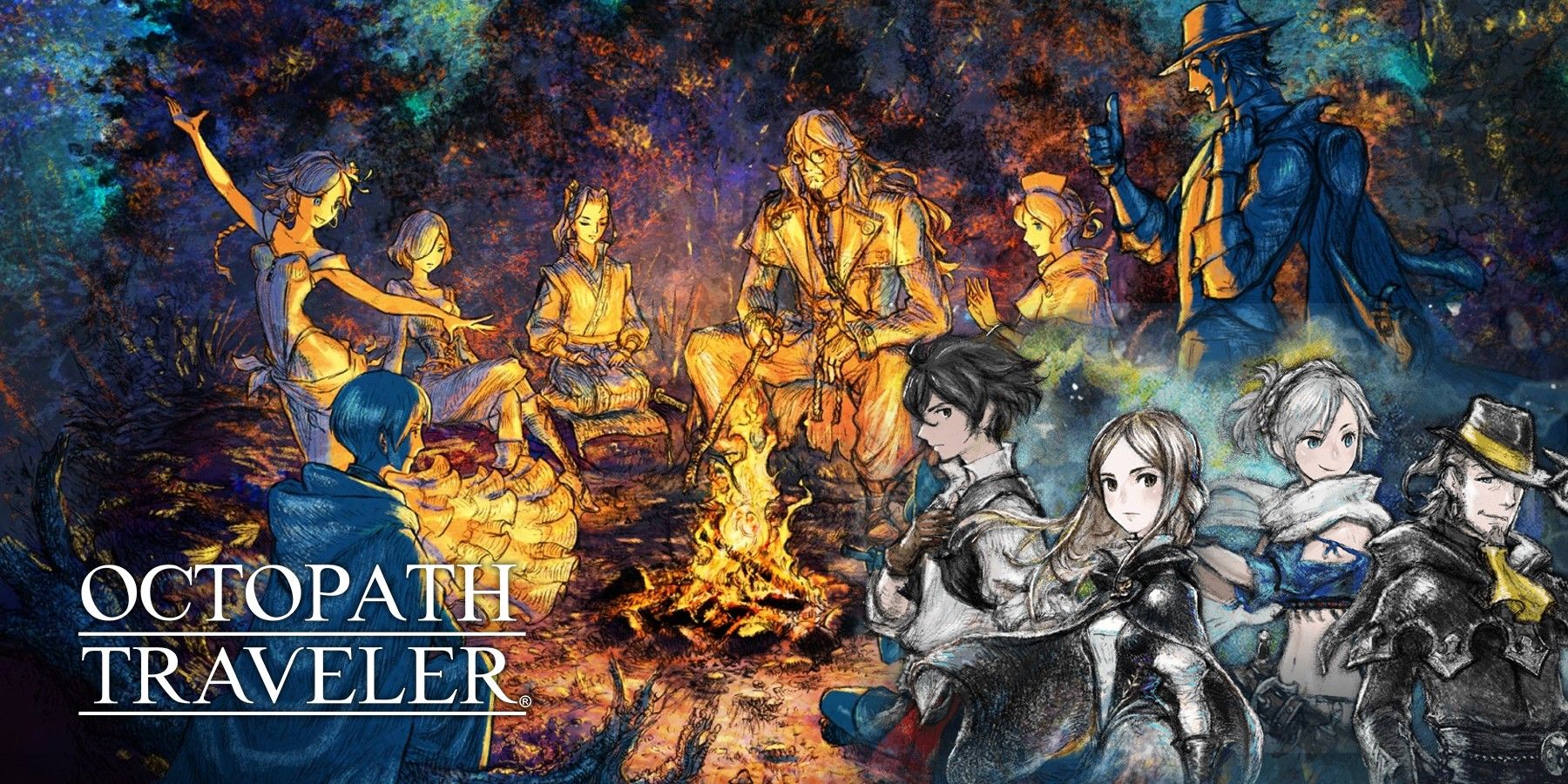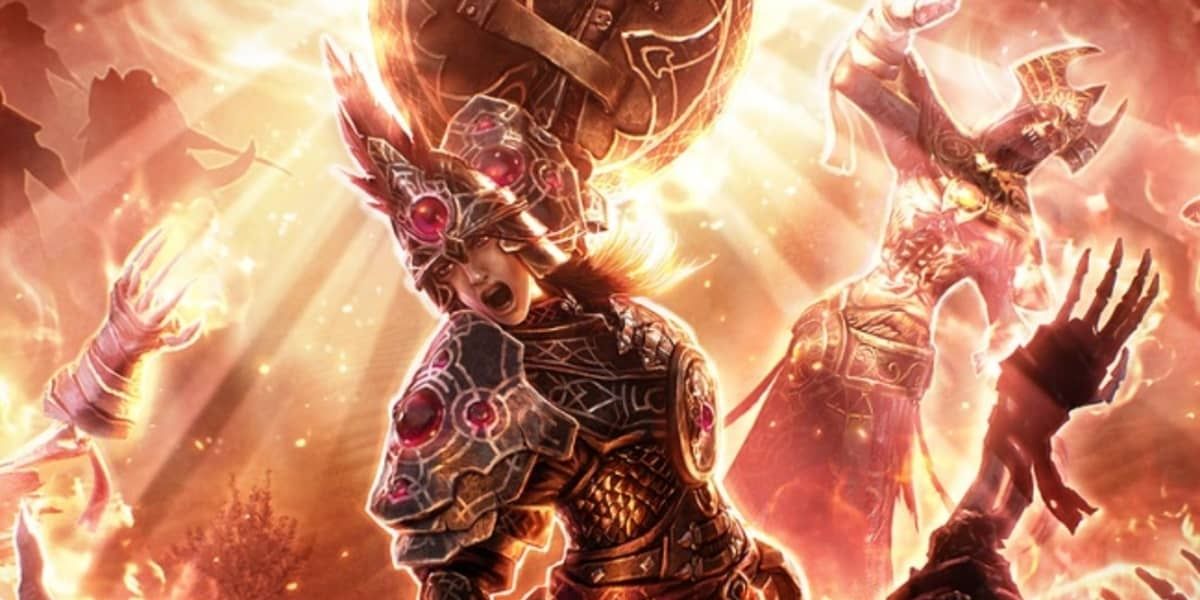The big draw of any RPG worth its salt is the "play your own way" back-of-the-box promise: a tantalizing notion for those who, in real life, might never themselves get the chance to valiantly crush the bony fists of wicked wizards as a paladin, or ride high above the fray on a tough, tusk-tattooed battle-mammoth as a grizzled beastmaster, or do whatever it is that bards do with their lutes. But what happens when one role starts to feel stale, restrictive, or, worst of all, repetitive?
After hours of gameplay, the same spells, traits, and weapons swings can wear a little thin. That’s where the multi-class comes in; a kind of archetypal alchemy that opens the way for new levels of gameplay and theory-crafting. When done right (as demonstrated by the following games), multi-classing ensures each class retains its unique identity while leaving the player enough wriggle room to keep things fresh.
10 Pathfinder: Wrath Of The Righteous
Perhaps because the gamer's soul-peg has always soared too high, like the mighty eagle, to be pigeonholed, parrot-pressed, or penguin-pumped into any type of category, tabletop RPGs like D&D and Pathfinder have been letting players mix 'n' match their way to multi-class satisfaction since a time when dice were hand-cut from the bones of ancient sea monsters and when character sheets were fingered into mud beds.
Each time a player levels up in Pathfinder: Wrath of the Righteous, they have an opportunity to level their class (or take on a new one), but it’s up to them to figure out how best to make them work together. Of course, many other games in the pen & paper tradition share this feature and deserve a mention here: Baldur’s Gate, Neverwinter Nights, Pillars of Eternity, and the Ultima series are just some to name a few.
9 Tiny Tina's Wonderland
Part of the fun with class combinations is coming up with creative names for hybrids. The ones in Tiny Tina's Wonderlands, the sword-and-sorcery Borderlands spin-off, are already pretty zany (looking at you, stabbomancer). But as well as delivering gritty, high-fantasy gun-running action, Wonderlands fans agree that the game has some of the best hybrid-class names around, too.
The “trapscallion,” “Sporcerer,” and “Brr-reaver” are indeed some of the greatest class names ever committed to a game design doc. With so many classes and viable combinations to choose from, it might be hard to know where to start. Whatever the class, mayhem is sure to follow.
8 Titan Quest
It's fair to say that it doesn’t get as much attention as it should, at least not compared to other ARPGs like those in the Diablo series. However, one of the all-time classics and a game that boasts probably the most impressive multi-class system to date is Titan Quest. Classes come packaged in eight masteries (warfare, defense, hunting, earth, storm, rogue, nature, and spirit).
Players can (optionally) choose to mix a secondary mastery with their first, resulting in a brand-new class. With its expansions installed, there are 55 classes to tame the titular titans with. That’s a lot of replay value!
7 Golden Sun
While the Golden Sun series doesn’t feature a mixing of classes in a traditional sense, each character in the game, the adepts, can find and set creatures called “djinn” onto themselves. Depending on which element they set, each adept will gain a different class.
Mixing different elements, or djinn, results in a whole different class. For every new djinn added, the character will progress through their class and becomes more powerful. Players are incentivized to explore, look for new djinn in the world, mix and match, and experiment.
6 Dragon's Dogma
There’s a beautiful simplicity to multi-classing in Dragon’s Dogma. The “Arisen” is asked to choose from three basic classes (or vocations) as they begin their quest. As they progress, they are offered the chance to combine a basic vocation with itself, creating an advanced vocation, or another, creating a hybrid.
The advanced and hybrid vocations offer progression trees of their own, and, with enough points, players are free to swap out and try the other combinations as they wish. It’s a great way to keep things exciting while exploring Dragon’s Dogma's world of Gransys.
5 Final Fantasy 12: The Zodiac Age
First, a quick shout-out to this game’s younger MMO sibling, Final Fantasy 14, in which skills from each class can be mixed and matched as well as swapped wholesale. However, many players will readily admit that it’s not always advisable. Class balance in that game is already hard enough!
Multi-classing is so good in Final Fantasy 12: The Zodiac Age that they named the game after it! Or at least, they named the expanded HD remastered edition. With the reworked job and license board system, each character can be assigned a class twice: first when first meeting the character, then later in the story. With 12 different jobs, there’s a maddening amount of flexibility, even for a Final Fantasy game.
4 Guild Wars
In the original Guild Wars (but not the sequel, which perhaps wisely chose to streamline its classes), players choose a primary profession at the start of the game, which gives them access to a special attribute, and are soon asked to pick a profession to complement it.
The nice thing about taking a secondary profession is that it can be swapped out about halfway through the game. If a player isn’t enjoying their current build, they can swap it out and experiment with a playstyle that connects with them and, with it, hundreds of new skills to find and collect.
3 Octopath Traveler 2
Each protagonist in Octopath Traveler 2 comes with their own class by default. Finding shrines in the world will unlock jobs for each character to take as secondary. There are four secret secondary jobs out there for players to find. But be warned: they require beating some serious challenges.
With so much depth to Octopath Traveler 2's class system, it’s possible that players will spend so much time thinking about which classes match which character that they’ll turn into "octogenarian travelers" in the meantime. Still, it’s all part of the fun, right?
2 Bravely Default 2
As well as being a refreshing return to form for RPGs, Bravely Default 2 does something quite special with its approach to multi-classing. Rather than being overwhelmed by choice, players find licenses to secondary jobs scattered throughout the game.
Long grinding sessions that would usually lead to early burnout can be negated through experimentation with different load-outs. Bravely Default 2 players are encouraged to learn the ins and outs of each class to overcome some formidable challenges.
1 Grim Dawn
As soon as the game starts, the player is offered two classes, or “masteries,” as they are known in Cairn. There is a plethora of powerful synergies between each, making the game infinitely replayable. From the get-go, Grim Dawn puts a whole bunch of options right at the player’s command. Best of all, each mastery combo comes with its own unique title. Nightblade plus shaman? Trickster. Demolitionist plus occultist? Pyromancer.
Whether it's by letting players sneak ‘n’ stab through moon-licked towns in cacophonous, rain-rusted plate mail, or letting them walk the line between righteous, gods-fearing inquisitor and scud-curdling, corpse-chomping necromancer, Grim Dawn lets the player choose exactly how to grind demons into grizzle-and-viscera pudding.

